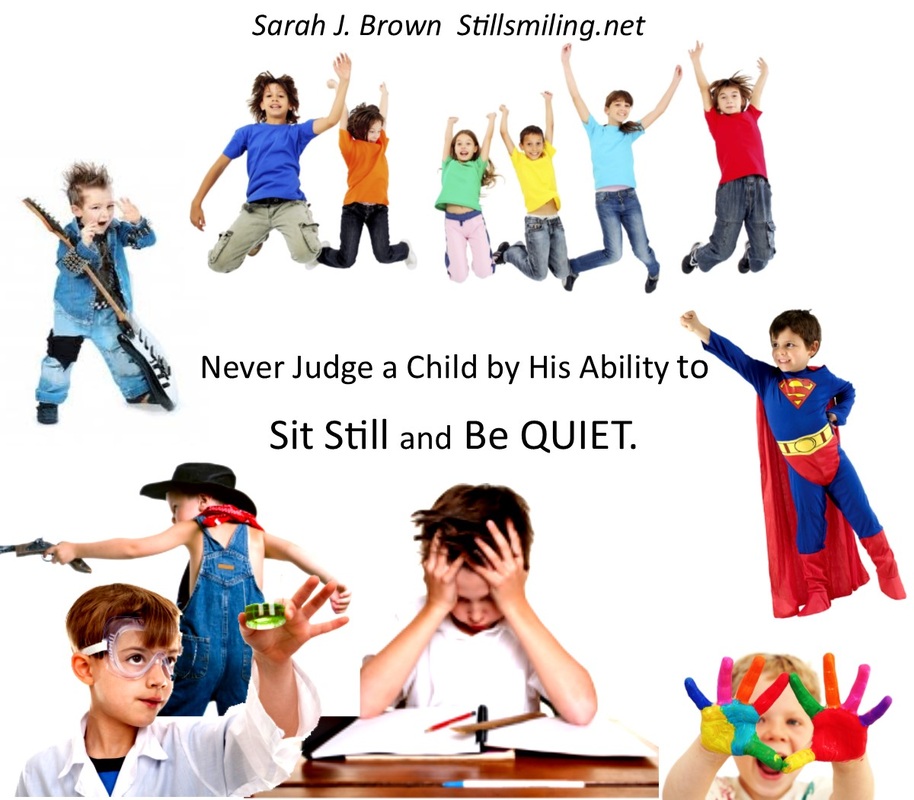THE ADVANTAGES of BEING DYSLEXIC and ADD
WHAT CAN DYSLEXIC AND ADD PEOPLE DO better than others ?
Strengths of Creative Thinkers *
Many people with learning differences of Dyslexia and ADD are capable of some extraordinary
thinking and can be extremely successful once they learn some coping strategies. This is why
we prefer to call them, more appropriately, Creative Thinkers. Some of the Creative Thinkers
strengths are:
| Persistence, | |
| Concentration, | |
| Perception, | |
| Vivid imagination, | |
| Creativity, | |
| Drive and ambition, | |
| Curiosity, | |
| Thinking in pictures instead of words, | |
| Superior reasoning, | |
| Capable of seeing things differently from others, | |
| Love of complexity, | |
| Simultaneous multiple thought processing, | |
| Quickly mastering new concepts, and | |
| Not following the Crowd. |
Most people who are not dyslexic and rate low on the scale of Creative Thinking, are verbal
learners, based on word acquisition by hearing. Verbal learning is limited to the speed of a
person's speech. This auditory information goes into the conscious mind, so that the non-dyslexic
person is aware of the information.
Thinking and learning in pictures rather than words is thousands of times faster, and is
subliminal, going directly into the subconscious mind. This visual learning style is what a
Creative Thinker uses. The acquisition of information as pictures create an immense amount
of multi-dimensional information, that can be manipulated in many forms by the brain to
enable intuitive thinking, perception, and other interesting thought processes. Frequently this
learning style leads to thought delays, because of the tremendous amounts of information
processed.
Unusual Abilities of Some Creative Thinkers
| Controlling the perception of time, causing it to operate in slow motion or rapidly, | |
| Doing complex math in their head quickly; but not knowing how they did it, | |
| Seeing a solution from a mental examination of the components, such as projecting interest rates for investments, or creating a new computer chip, | |
| Communicating telepathically with others, or | |
| Controlling the outcome of events, like calling the correct numbers on dice before they are rolled. |
Although not all Creative Thinkers possess these talents, extrasensory perceptions like these represent abilities that are uniquely valuable to some; but ludicrous to others who do not understand the learning and mental processing differences of making effective use of the right side of the brain by Creative Thinkers.
Some Common Traits Associated with the Learning Differences
of Dyslexia and ADD
Each person is different and will have a unique combination of the common traits listed below.
2. Daydreams.
3. Easily distractible.
4. Aware of everything.
5. Able to do multiple things at the same time.
6. Seeks stimulation.
7. Highly creative.
8. Immature social behavior, says what comes to mind.
9. Poor penmanship.
10. Difficulty remembering names.
11. Seeks immediate gratification.
12. Impulsive and impatient.
13. Suffers from motion sickness.
14. Can see patterns into the future.
15. Capable of intense short-term focus.
16. Quick decision maker.
17. Bored by ordinary tasks.
18. Risk taker.
19. Have had problems with ears.
20. More independent than a team player.
21. Sees the big picture.
22. Curious.
23. Experience thoughts as reality.
24. Subject to disorientation.
25. Sometimes has psychic - extrasensory abilities.
26. Highly intuitive.
27. Short attention span, inattentive.
28. Has a vivid imagination.
29. Artistic.
30. Has a sense of under achievement.
31. Have spatial orientation problems (left/right, north/south)
32. Talks excessively.
33. Reverses letters and numbers.
34. Slow reader when young.
35. Difficulty with math concepts.
36. Problems with self-esteem.
37. Problems mastering phonics and spelling.
38. Problems understanding the rules of grammar.
39. Reads best by memorizing, the "Look-Say System."
40. Always active-constantly thinking,
41. Learns best by hands on, rather than lecture or reading.
42. Low tolerance for frustration.
43. Realize that they are different from others.
44. Take longer to think and respond than others.
45. Able to create a complete mental picture from pieces.
46. Somewhat disorganized.
47. Capable of changing on a moments notice.
48. Have phobias: like fear of dark, heights, speaking in public.
49. Prefer unstructured situations with freedom.
50. Feels like they see problems from the perspective of a helicopter flying above
forests of problems rather than working from the root of trees in one forest.
51. See things that others don't.





